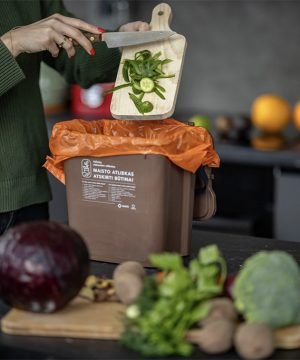ARTIFICIAL INTELLIGENCE
Monitor waste arrivals at the factory in real time
We apologise, but due to technical reasons, the live streaming is currently unavailable.
We are implementing Artificial Intelligence (AI) in our factory to automatically detect and count orange bags and other types of waste arriving at our serviced facility.
We invite you to see how waste recognition by artificial intelligence typically works.
Waste received by the factory
The calculator provides the quantities of waste identified and counted by AI, categorised by type. You can select the desired time period in the right-hand column to view the amount of waste recorded during that timeframe.
We apologise, but due to technical reasons, the data is currently not being updated.
Please note that the data presented in the table may vary depending on the type of waste and the sorting line, as the recording and calculation of different waste types began at different times. Full data collection across all three lines started on March 28, 2025. Earlier periods may show only partial results.
FOR RECYCLING
Secondary materials
Each year, we sort and provide approximately 21,000 tons of secondary raw materials for recycling, suitable for further use. New products are made from the plastic, glass, paper, cardboard, and metal packaging we collect.
of plastic

of glass
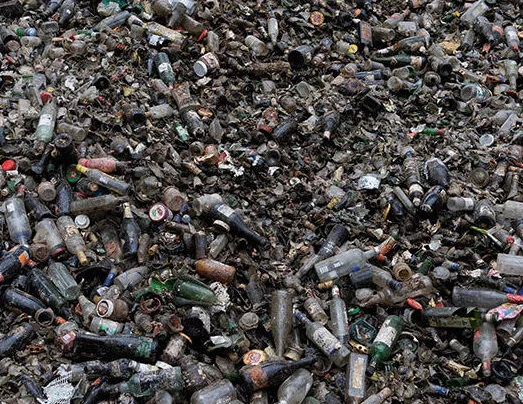
of paper
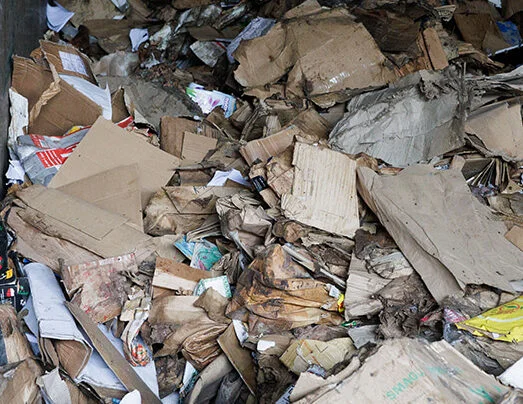
of metal
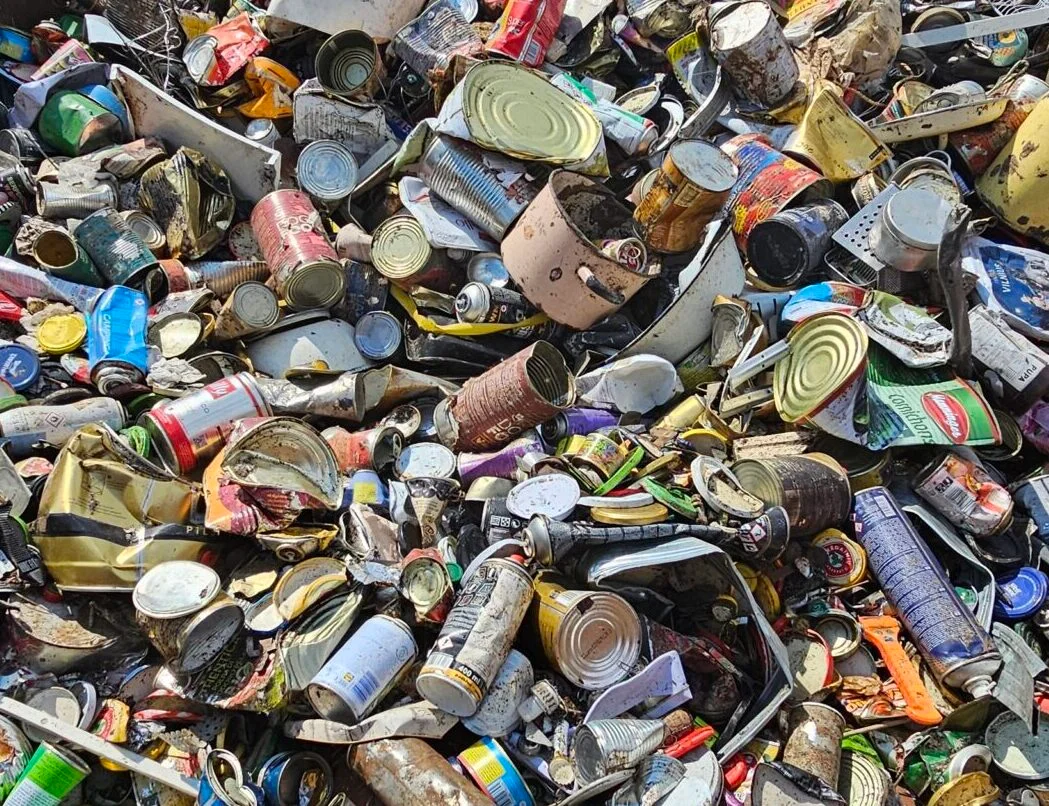


FOR INDUSTRY
SRF product
We are the first company in Lithuania to receive the “Bureau Veritas” certification for producing SRF products. We meet all the required standards and produce SRF products suitable for industrial use from household and industrial waste that can no longer be recycled. We invested EUR 2 million in production equipment and certification.
We can produce approximately 80,000 tons of SRF products per year. These products can be widely used in industry, replacing fossil fuels and coal. A part of mixed municipal waste from residents is already becoming part of cement – we supply SRF products to AB “Akmenes Cementas.”


PRODUCTION OF SRF PRODUCT
Learn how waste becomes cement!
FOR INDUSTRY AND FARM
Food waste
We collect, sort, and process food waste from residents in the Vilnius region. Annually, we can handle about 40,000 tons of food waste, which we process using innovative houseflies larvae technology developed by the Dutch company “Amusca.” We invested EUR 1 million in this technology. We are one of the first factories in the world to implement this innovation for managing food waste from residents.





Maisto atliekos, kurios išmetamos į specialius oranžinės spalvos maišelius ir vėliau į mišrių komunalinių atliekų konteinerius, pasiekia mūsų gamyklą, kur maišeliai yra atskiriami nuo bendro atliekų srauto.
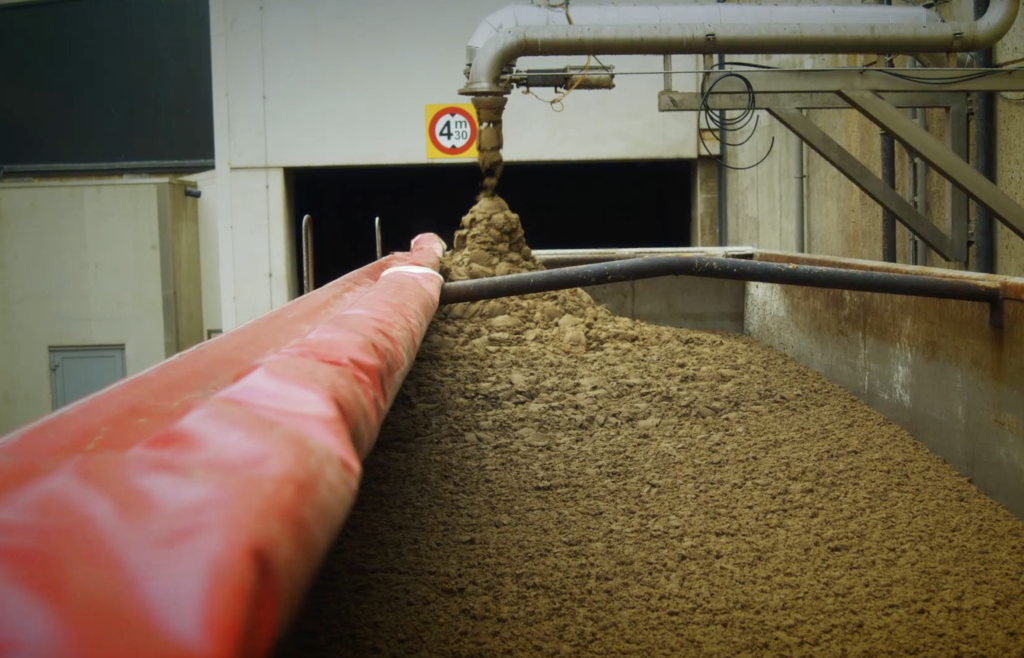
Specialus įrenginys maišelius su maisto atliekomis sutrina, o gautą masę sumaišo su vandeniu. Plastikai iškyla į viršų ir oro sūkuriu yra ištraukiami iš masės. Stiklo šukės, smulkūs akmenukai ar metaliukai nusėda į masės dugną ir taip pat yra atskiriami. Viduriniame sluoksnyje lieka tik labai skysta 99% švarumo organinė masė.

Tolimesniu maisto apdorojimu mūsų gamykloje rūpinasi vabzdžiai. Technologijoje pasitelkiamos naminių musių (Musca Domestica) lervos, kurios yra natūralios skaidytojos ir gali vartoti beveik visas organines medžiagas. Jo maitinamos iš maisto atliekų gauta organine mase.
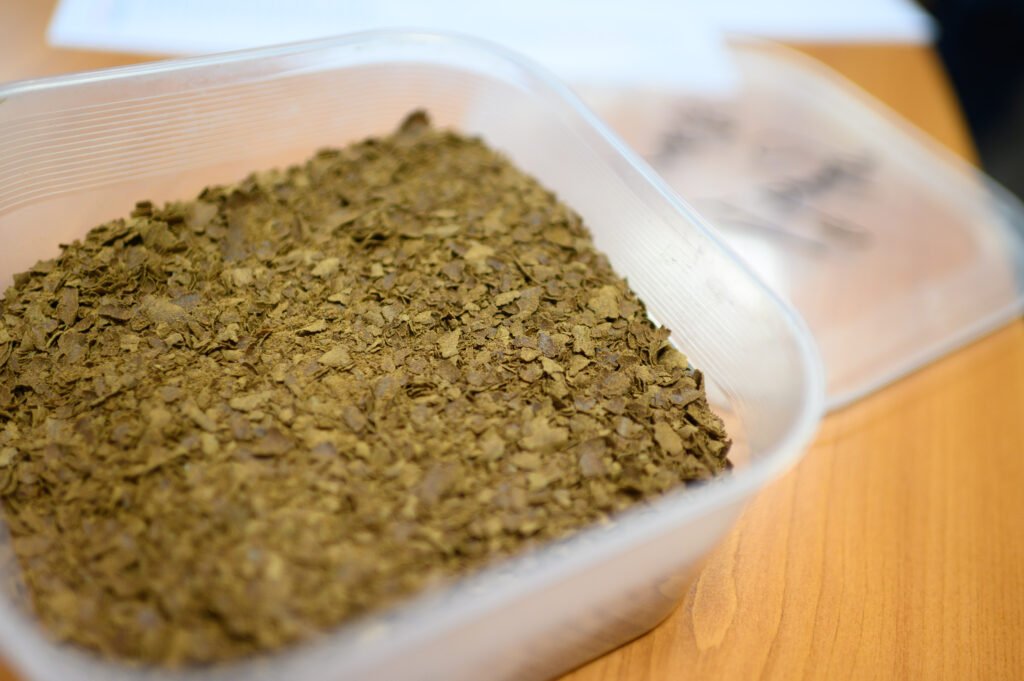
Iš lervų pagaminti baltyminiai produktai gali būti panaudojami dažų, skiediklių, klijų gamyboje ir pakeisti naftos produktus. Iš lervų taip pat gali būti gaminami aliejai, kurie naudojami kaip biokuras ir pakeičia iškastinius degalus. Lervų atliekose lieka daug naudingų medžiagų: azoto, fosforo, kalio, kurios gali būti naudojamos kaip trąšos žemės ūkyje.
WHAT TO THROW IN THE ORANGE BAG
Take care of food for housefly larvae responsibly!
We remind you that the following can be thrown into the orange bags for food waste:
- Food products
- Peeling of fruits and vegetables
- Crumbs
- Meat and fish bones
- Eggshells
- Remains of indoor plants
- Coffee and tea solids and tea bags
- Disposable paper towels
- Food supplements without packaging (not medicines)
- That which is biodegradable

